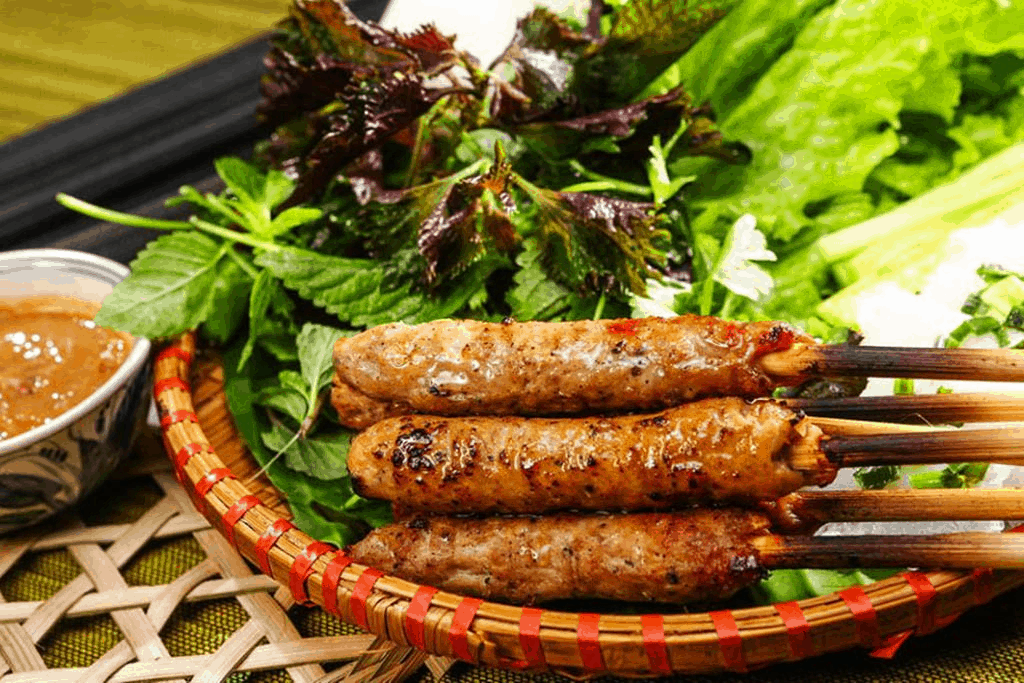The ingredients to make this dish are very simple, just homegrown pork, mostly lean meat, with only a little bit of fat attached. When baking, the fat melts, and spring rolls are cooked to give off an attractive aroma. This grilled spring rolls is also a favorite dish of tourists when coming to Quang. Just a charcoal stove is enough to get delicious spring rolls to drink with a cup of fragrant wine.

Photo: Collectibles
Source: Collected internet.
The aroma of a cup of Vietnamese coffee is a great alarm clock. The fertile basalt soil of the Central Highlands grows quality robusta coffee trees. These coffee beans are one of Vietnam's most beloved export products to the world. Vietnamese coffee culture is very diverse, you can easily count hundreds of coffee shops in big cities. Vietnamese people make traditional coffee using aluminum filters. Watching time pass while waiting for a cup of coffee to drip makes this drink even more flavorful.
Vietnam's terrain has about 40% mountains and forests, 40% hills and coverage of about 75% of the country's area. There are mountain ranges and plateaus such as Hoang Lien Son range, Son La plateau in the north, Bach Ma range and plateaus following the Truong Son range in the south. Network of rivers and lakes in the delta or mountainous areas of the North and Central Highlands. The delta accounts for about 1/4 of the area, including deltas such as the Red River Delta, Mekong River Delta and the Central Coastal Plains, which are densely populated areas. Cultivated land accounts for 17% of Vietnam's total land area.
Vietnam has an area of 331,690 km², located in the east of the Indochina peninsula, in Southeast Asia. Sharing a border with three countries, Vietnam borders China to the north, Laos and Cambodia to the west, and the East Sea to the east. In 2019, Vietnam's population was more than 96 million people, ranking 13th in the world. Hanoi, the capital of Vietnam, is the second largest city with 6.2 million people, after Ho Chi Minh City, 8.8 million people.
Religion in Vietnam is quite diverse, including Buddhism (both Mahayana, Theravada and some modified groups such as Hoa Hao, Tu An Hieu Nghia); Christianity (including Catholicism and Protestantism); endogenous religions such as Cao Dai; and some other religions (Hinduism and Islam). Different types of folk beliefs also have a lot of influence. The majority of Vietnamese people consider themselves non-religious, even though they still go to religious sites several times a year...